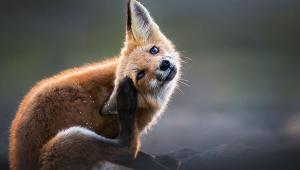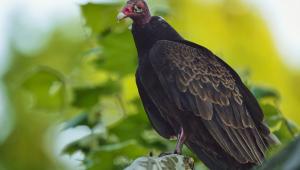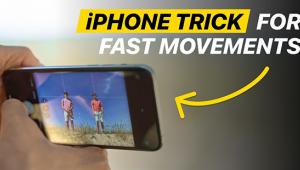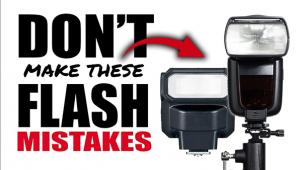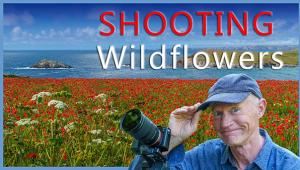Jay Dickman: The camera is his passport
All photos by Jay Dickman unless otherwise indicated.
Pulitzer Prize-winning photographer Jay Dickman has covered assignments internationally as a photojournalist for the Times-Herald in Dallas, Texas, and as a contributor to National Geographic, as well as shooting for most of the Day in the Life books. He's covered events as diverse as "the war in El Salvador, the Olympics, six Super Bowls, and the 40th Anniversary of the bombing of Hiroshima." His work has appeared in magazines such as Life, Time, and Conde Nast Traveler, and his corporate clients include EDS, Hewlett-Packard and Nike.
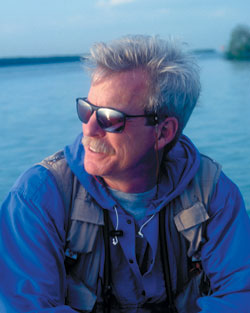 |
|
|
Climbing the Ladder
Dickman grew up in Dallas. "My initial interest in photography began back in high school," he recalls. "I rode around with my friends on dirt bikes and took pictures with an Instamatic camera." A woman who worked at a local camera store where he got his film developed proclaimed, "Boy, these are great pictures," and suggested that he get a better camera.
He started by getting a telephoto adapter for his Instamatic. And although his father didn't encourage Dickman's ambitions of becoming a photographer, he bought his son a Honeywell Pentax H1A 35mm camera. Dickman's passion for photography continued in college, although he majored in English literature. After three years of college, he landed his first photography job with a studio in Dallas called Wally of Hollywood. "I was shooting three portraits an hour," he says. Dickman drove around town with a camera, paper backdrop and lights, and did all his portraiture at customers' homes.
 |
|
|
After a couple of years, he moved on and became a photographer for the Metro Sports Agency in Dallas. "I was paid $5 a game," he laughs. Not one to let grass grow under his feet, Dickman made the rounds of local photographers and asked if he could work for them. This way, he "built his book" for future jobs.
A major break occurred in 1970 when he was hired by the Times-Herald, a daily newspaper in Dallas where photographer Bob Jackson had received a Pulitzer Prize in 1964 for his image of the slaying of Lee Harvey Oswald. "I was sweating bullets the weekend before I started this job," says Dickman. He was assigned to shoot all types of stories ranging from spot news to sports and features. "It was the best learning ground I could have."
A year later, the Los Angeles-based Times Mirror Corporation bought the Times-Herald. The new owner expanded the paper's coverage of local news and began printing a morning edition (before this, they had only been an afternoon paper). According to Dickman, they began bringing in great editors, and "generally dumping money into it." By now, he was shooting 3--5 assignments a day, ranging from local news to sports and social events. "That first taste of getting beyond the ropes was an eye-opener," he exclaims.
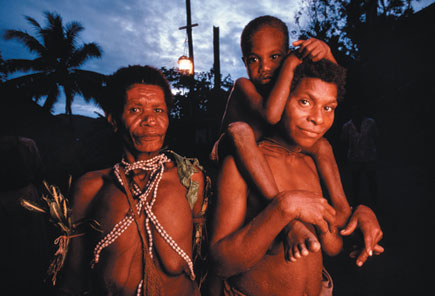 |
|
|
It was the early '70s, and all newspaper photos were shot in black-and-white. Dickman hand-metered his images and did his own darkroom work. Eventually, he began traveling to to cover major news events, and became a member of the National Press Photographers Association. In 1979, a woman who Dickman would eventually marry was hired as a lab tech at the Times-Herald. She eventually became a photographer in her own right, and quit her job at the newspaper in the early '80s before the couple married.
In 1982, the Times-Herald sent Dickman on the first of three excursions to cover the war in El Salvador. In '83, he won a Pulitzer Prize for these powerful images. In the war-torn nation, he says, he was involved in several dangerous situations and even came close to being executed. "We tried to travel in groups and wore bullet-proof vests," he recalls.












